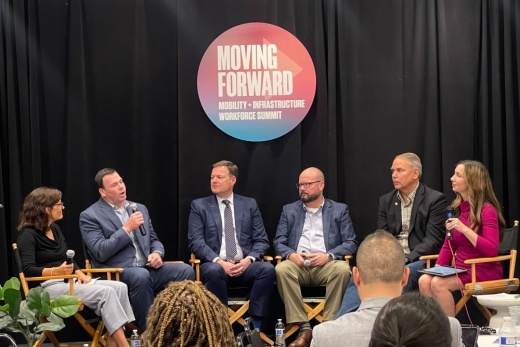Industry leaders are anticipating the job opening boom over the next two decades as the city gears up for several main capital projects, including the I-35 widening plan, the Austin-Bergstrom Airport expansion and Project Connect.
Employment growth at Samsung and Tesla’s Gigafactory are also expected to cause a hiring gap that local industry leaders are seeking to fill.
A closer look
Industry leaders are looking for ways to attract new talent to skilled trades, construction, operations and other mobility careers before Central Texas sees a surge in job openings.
One solution is closing the mobility and infrastructure gender gap, CivicSol CEO Laura Huffman said.
Women make up 48% of Austin’s workforce, but only 14% of local mobility and infrastructure jobs, according to CivicSol’s October study.
“We don't attempt to get women into it,” Huffman said. “There are issues of culture at the worksite. There are issues of [culture] at the training to begin with. It's everything that you might imagine it is. And those are all barriers that we have to overcome.”
Another solution is to start the recruiting process for new candidates in high school or even middle school, Huffman said.
“The numbers are too staggering not to start earlier and earlier,” she said. “By the time someone is 17 or 18 years old, you actually withdraw the opportunity to influence there.”
What else
Huffman said artificial intelligence is also expected to shake up at least two-thirds of mobility and infrastructure jobs, not just by replacing human labor, but also by adding new training requirements as employees implement new technology in their work.
What’s next
Mayor Kirk Watson said CivicSol’s new data can be used to implement new strategies for recruiting and retaining employees, including rewiring the industry to be more family friendly, adding more child care options, identifying funding for more training opportunities and improving prevailing wage policies.





